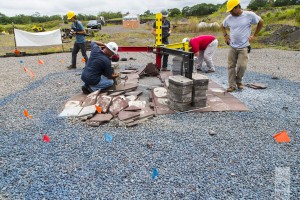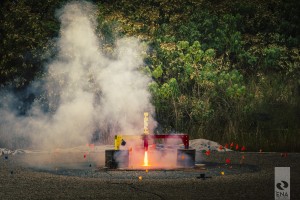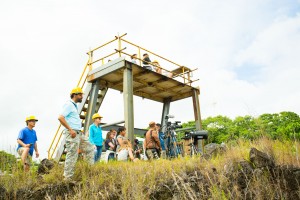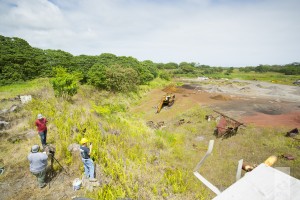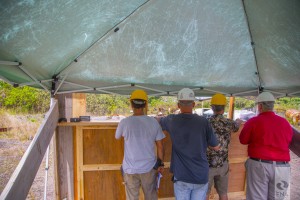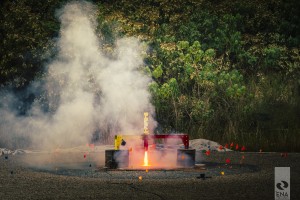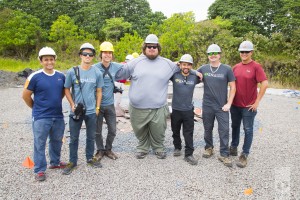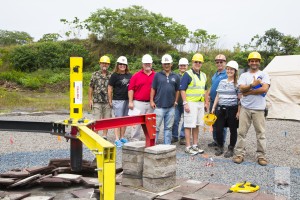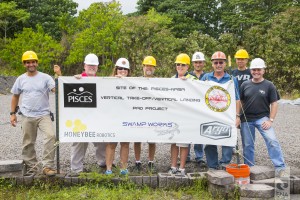PISCES, Partners Test Rocket Engine on Lunar Landing Pad
The Pacific International Space Center for Exploration Systems tested its robotically-built lunar landing pad on Sunday.
A four-second test burn of a rocket engine, with power matching that of 26 and a half pounds of dynamite, took place at the PISCES landing site, located within Puna Rock in Kea’au.
Sunday’s test placed emphasis on the durability of the landing pad.
The test was the accumulation of months of cooperative efforts between PISCES scientists, NASA engineers, and Honeybee Robotics, creating the first robotically built Vertical Take-Off/Vertical Landing Pad in the state.
Using basalt materials mined from a quarry on the island, much like materials found on the Moon and Mars, the landing site was created, ultimately providing a method of construction that could be used for future space missions.
The landing pad, like the one built by PISCES’ robotic rover Helelani, offers a flat, stable surface to prevent damages that occur as spacecrafts take off or land on planetary objects.
Big Island Now got the inside look at the unveiling of the basalt landing pad in October.
When rocket engine “Astro the Rocket” deployed onto the pad on Sunday, the mission was deemed successful despite some of the pavers being impacted by the blast.
PISCES Executive Director Rob Kelso said the impact wasn’t totally unexpected.
“We’re still looking at the data. It was an extremely valuable test that will help us evaluate the interlocking pavers and the interaction of a high thrust rocket engine on a lunar pad,” Kelso said.
PISCES will now look at the interlocking pavers and the pad construction to evaluate the data for the next design phase.
The project is part of PISCES’ Additive Construction for Mobile Emplacement project and is a partnership with NASA, Honeybee Robotics, ARGO, Hawai’i County Department of Research and Development, and the state of Hawai’i. PISCES also partnered with Ena Media Hawai’i for the rocket engine firing test.





